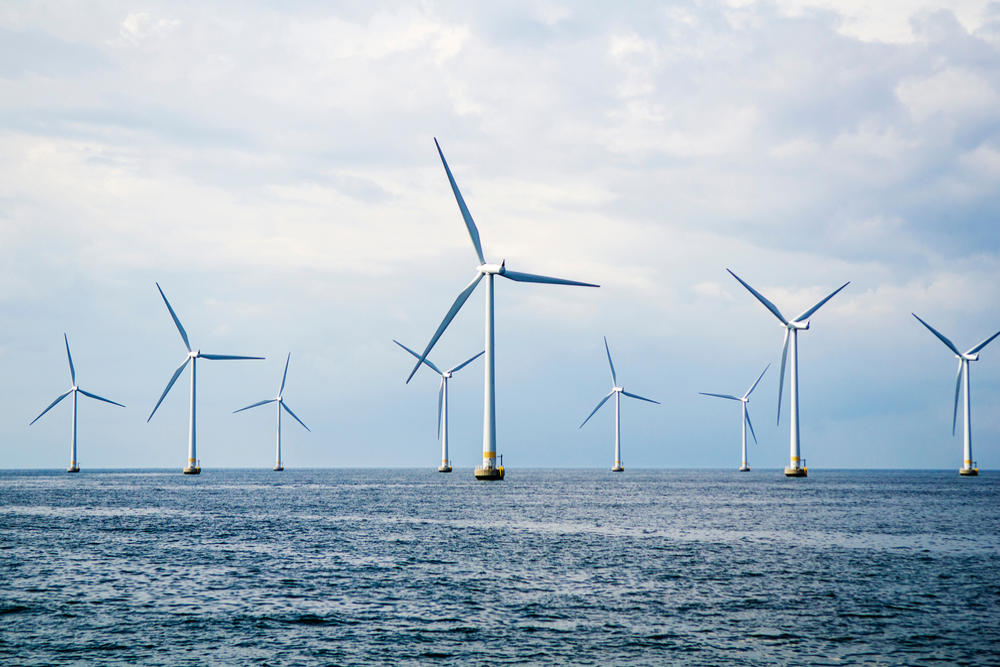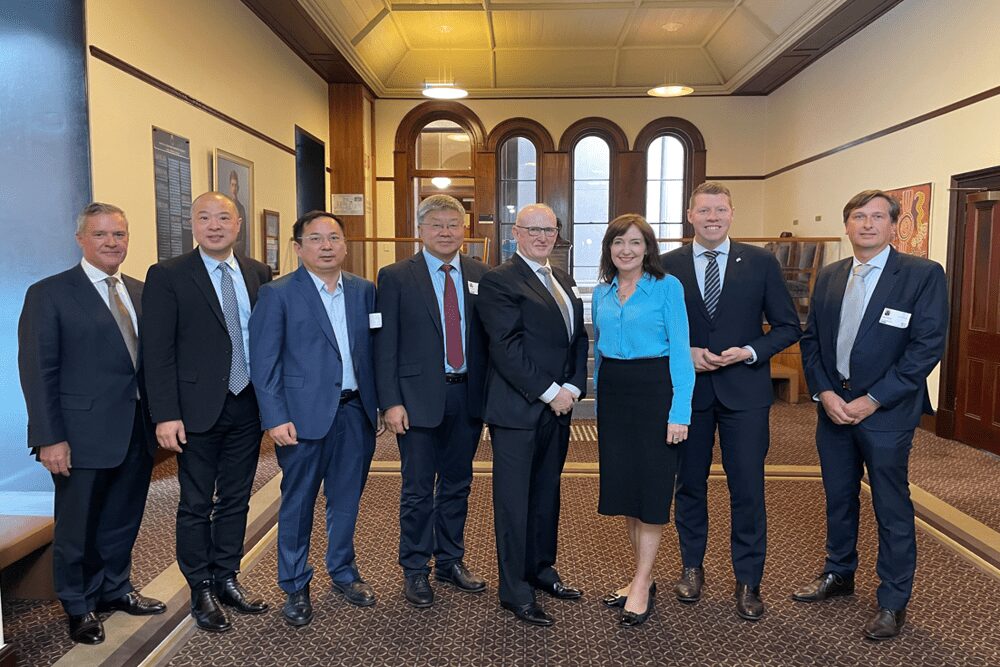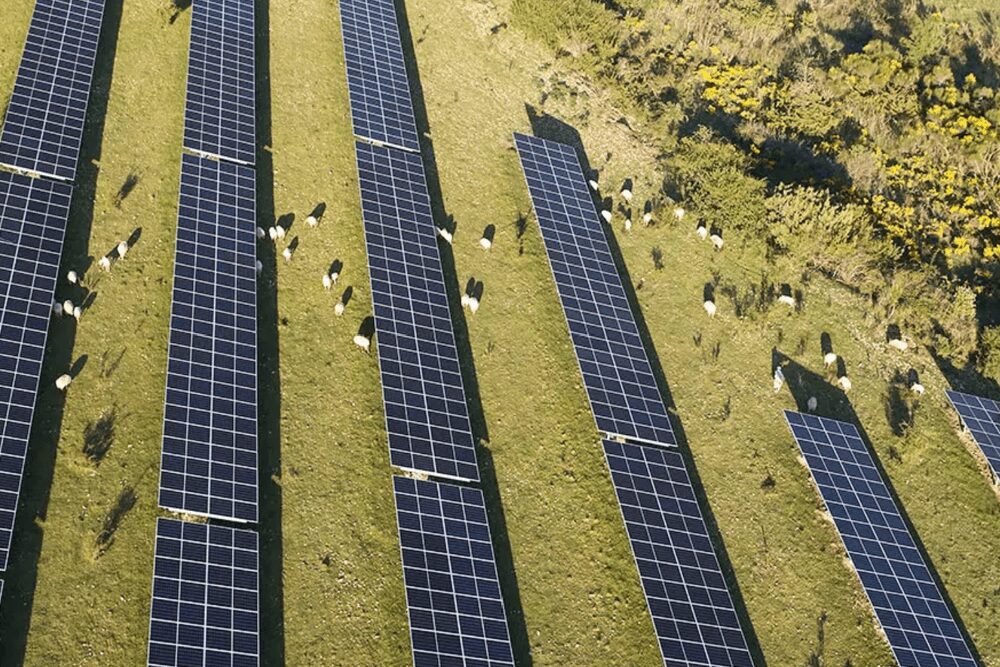
The Federal Government has opened public consultations for the offshore wind development zone in the Bass Strait off Tasmania’s north coast.
The Federal and Tasmanian governments have estimated the potential offshore wind zone could support thousands of local jobs during construction and in ongoing operations.
This is Australia’s fifth offshore wind energy development zone and it proposes an area of more than 10,000 square kilometres off the north coast of Tasmania — in the Bass Strait.
The governments and energy analysts have said offshore wind has important decarbonisation potential in Australia due to its large power capacity and availability at times when onshore wind and solar power is not available.
Clean Energy Investor Group Policy Director Marilyne Crestias said investors play a vital role in Australia achieving its commitment to the Paris Agreement, particularly being able to limit global warming to 1.5 degrees Celsius and the potential of these renewable energy zones is enormous in their ability to act on climate and secure Australia’s future prosperity.
“Business leaders and investors have the will and the capital to invest in these nation-building projects so our members are delighted the Federal Government has opened consultation on the Bass Strait offshore wind zone,” said Crestias.
Climate Council Climate Councillor and energy expert Greg Bourne labelled the progress on the Tasmanian offshore wind zone as another step towards cleaner and cheaper energy, good jobs in NSW, and a resilient renewable energy system for Australia.
“Offshore wind is a valuable part of our renewable energy grid. Its strength lies in its ability to provide constant power when the sun goes down or onshore winds ease.
“This initiative sets the stage for a growing industry, creating job opportunities in high-tech roles, offshore engineering, and administration, while boosting local supply chains. It’s a step towards building a clean energy powerhouse, driving economic growth, and advancing our climate action efforts,” said Bourne.
Climate Energy Finance Senior Energy Market Analyst Tim Buckley stated that offshore wind is a key scaleable decarbonisation solution for the world.
Installations globally are expected to increase dramatically this coming decade as China, Taiwan, Japan, Korea, Vietnam, India and the US aim to leverage the massive experience achieved in Europe over the last decade.
“Offshore wind’s importance in Australia is far more nuanced because we are blessed with great onshore wind and solar resources, which are cheaper to develop. But as we look to move well above 82 per cent renewable energy penetration beyond 2030, offshore wind is looking increasingly promising in terms of playing a key role in technology diversity and grid firming.
“It’s really important that developing offshore wind is a combined federal and state initiative, because no one state can justify the supply chain investment alone. We need consecutive project proposal developments through to 2035-2040, so that domestic capacities are deployed in sequence to the various project proposals across Victoria, New South Wales, Tasmania and West Australia, and then potentially in New Zealand as well,” said Buckley.
Buckley stated that this will allow longevity of demand to cover the high initial domestic manufacturing supply chain set up costs.











